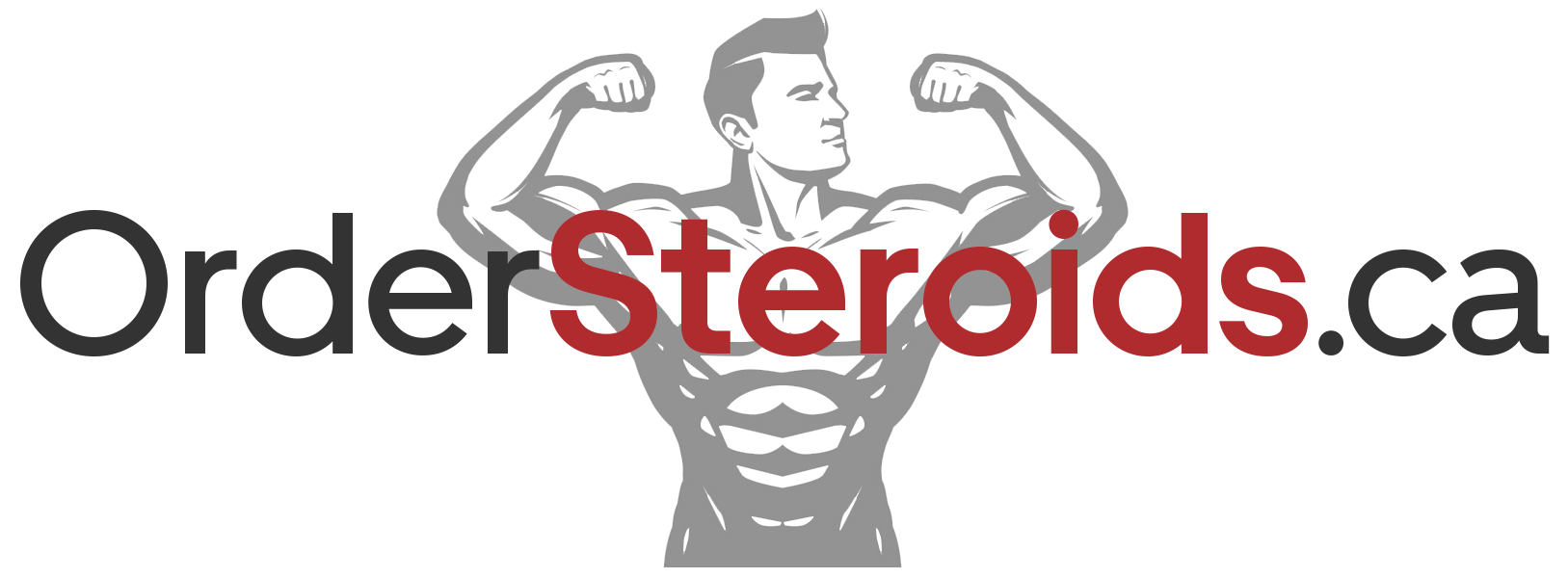FREE SHIPPING ON ORDERS $99+ | SAME DAY SHIPPING ON ORDERS PLACED BEFORE 12PM PST
Men’s bodies change as they age, with testosterone levels decreasing, muscle loss, mood changes, and a decline in sex drive. What if there was a way to improve things? Is it realistic to reverse the aging process?
When it comes to your health, there is no right or wrong way to do anything if you want to accomplish your desired outcomes. Hormone replacement treatment (HRT) may be the answer to your health problems, including testosterone replacement therapy.
Employing a knowledgeable practitioner to assist you in determining the best treatment plan and selecting the appropriate type of testosterone to optimize your health objectives and the advantages to your quality of life is critical.
The 3 types of injectable testosterone replacement treatment are listed below. Consult a health expert to determine which is best for you.
Enanthate
An enanthate is a form of injectable testosterone derivative of the principal endogenous androgen testosterone used for intramuscular delivery in men who do not make adequate testosterone. In their active form, androgens include a 17-beta-hydroxy group. The molecular name for testosterone enanthate is “androst-4-en-3-one, 17-[(1-oxoheptyl)-oxy]-, (17)-.”
In order to sustain levels, injections should be given every five days. To begin, a dose of 100 to 200 mg of this type of testosterone is generally delivered intramuscularly (IM) every five to seven days. This should return a patient’s values to normal (800 ng to 1000 ng).
Every patient, however, is unique. Baseline testosterone levels and other factors may alter the first dosage and maintenance plan. It is critical to remember that this form of testosterone should never be injected into a vein and should only be done by a doctor or under the guidance of a medical practitioner.
Cypionate
Cypionate testosterone is a testosterone ester with eight carbons. Cypionate is a “long-acting” testosterone that is metabolized in seven to eight days. Cypionate therapies, like enanthate, often begin with a dosage of 100 mg to 200 mg but are only delivered every seven days. The dosage varies from patient to patient and is determined by your testosterone blood levels as well as your medical condition.
Propionate
This testosterone is a slow-acting anabolic steroid having a half-life of 4.5 hours. permits users to perform short Testosterone Propionate cycles ranging from 8 to 10 weeks, and occasionally as little as 6 weeks. Because of the quicker release, the time necessary to attain appropriate blood plasma levels is reduced. This testosterone ester can reach a peak in the bloodstream within hours after administration and is metabolized over three days.
Every two to three days, injections should be administered. Before utilizing propionate, you must balance the “positives” and the “negatives.” This is only used in extreme circumstances since it must be supplied on a regular basis.
It immediately stabilizes testosterone levels, however, it risks aromatization into estrogen, which might cause undesirable side effects. Propionate requires more frequent injections than other forms of testosterone, such as cypionate or enanthate.
Additional Information on Testosterone Types
The biostation’s medical staff can assist you in determining which of the 3 types of injectable testosterone treatment is ideal for your health objectives and lifestyle. The biostation even provides unique mixes for the best outcomes. Using several esters boosts the body’s reaction in some circumstances, further improving results.
